Packing for a trip can feel like an art form, combining practicality with a touch of personal flair. With our collective travel experience, we’ve learned the tricks to packing efficiently, ensuring you’re prepared for any adventure. Here’s our comprehensive guide, enriched with personal stories and practical tips to help you pack like a pro.
Start with a Packing List: The Key to Organization
Creating a packing list is a fundamental step. During my solo journey through the deserts of Morocco, I realized the value of having a detailed list. Here’s how to craft one:
Categorize Items: Break down your list into categories such as clothing, toiletries, electronics, and documents. I found that organizing items into categories made packing more manageable and ensured I didn’t forget anything essential.
Tailor to Your Trip: For a recent sailing trip, I created specific lists like “sailing gear” and “beach essentials.” Customizing your list based on the type of trip helps you pack precisely what you need.
According to a study by the American Travel Association, travelers who use packing lists are 40% less likely to forget essential items.

Use packing apps like Travel PackList or PackPoint to streamline the process. These apps allow you to create, save, and modify lists for different types of trips.
Choose the Right Luggage: Function Meets Style
Selecting the appropriate luggage is crucial. From my own travels, here’s what to consider:
During a month-long trek across Europe, I opted for a lightweight, expandable carry-on. It fit perfectly in overhead bins and saved me from checked baggage fees. A good rule of thumb is to choose luggage that’s versatile and suits the duration of your trip.
On a rugged journey through South America, I learned the importance of durability. Investing in high-quality, durable luggage can withstand the roughest travel conditions.
Luggage with four wheels (spinner wheels) is preferred by 65% of travelers for its ease of maneuverability, according to a survey by Travel + Leisure.
Pack Light but Smart: Essentials and Beyond
Packing light doesn’t mean skimping on essentials. Here’s how to strike the right balance, based on my experiences:
- Versatile Clothing
- Roll, Don’t Fold
Rolling clothes can save up to 30% more space in your luggage compared to folding, as reported by the Travel Goods Association.
Master the Art of Toiletries: Less Is More
When it comes to toiletries, less is often more. Here’s how to manage your toiletry kit, drawing from personal experience:
On a recent road trip across the U.S., I used travel-sized containers for my toiletries. These small bottles complied with airline regulations and took up minimal space.
My Experience: I learned to pack multi-use products, like a 2-in-1 shampoo and body wash. This reduces the number of items in your kit while still covering all your needs.
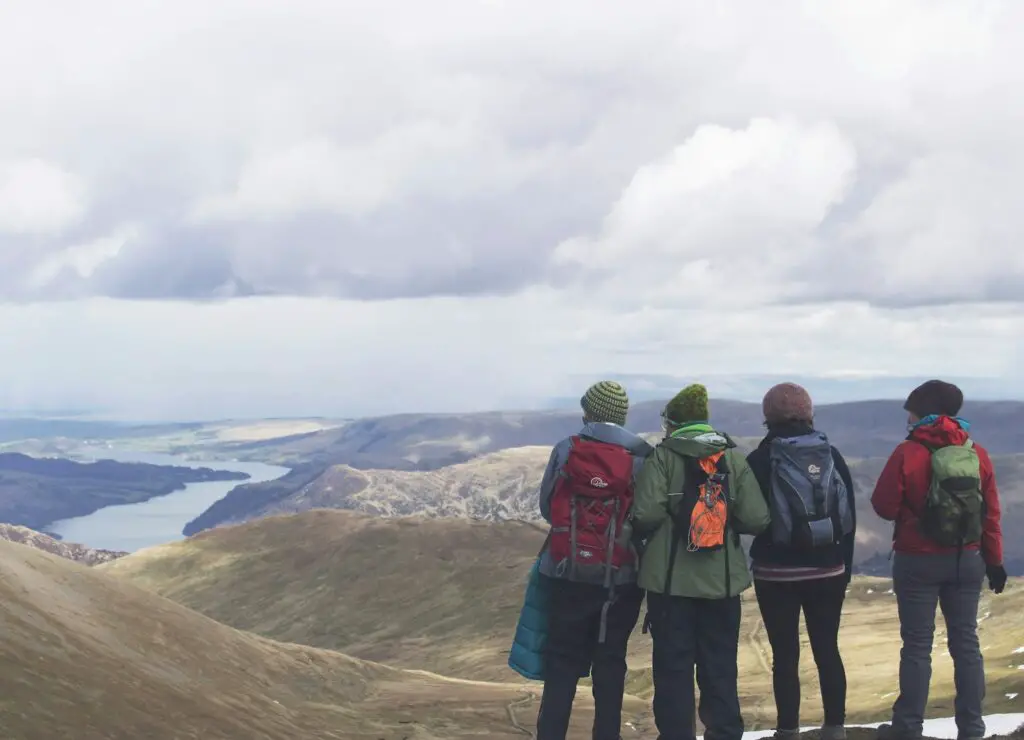
Tip: Pack your toiletries in a clear, resealable bag to comply with airport security regulations. This makes it easier to access and re-pack them. According to the International Air Transport Association (IATA), the average traveler carries around 3-5 travel-sized toiletry items.
Electronics and Gadgets: Stay Connected and Charged
Electronics are essential, but packing them smartly is key. Here’s what I’ve learned from traveling with gadgets:
Essential Chargers and Adapters: During a trip to Japan, I made sure to pack universal adapters and portable chargers. This ensured I could keep all my devices powered up, no matter where I was.
While traveling through South America, I used protective cases for my electronics to shield them from dust and moisture.
A survey by the International Travel & Tourism Research Institute found that 70% of travelers consider portable chargers essential for their trips.
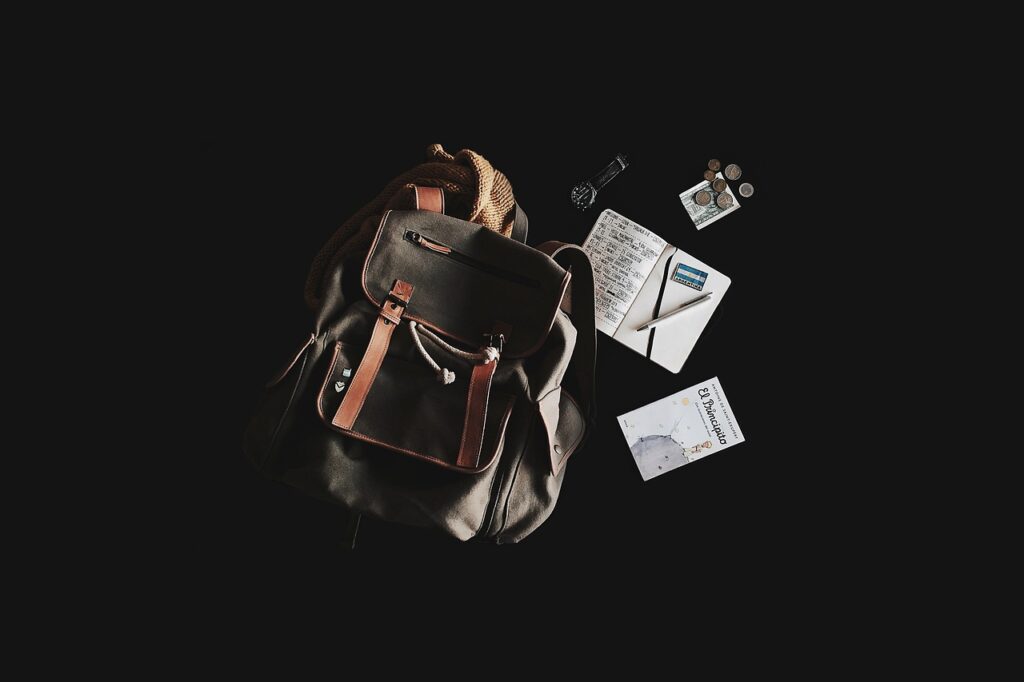
Documents and Valuables: Keep Them Safe
Keeping important documents and valuables safe is crucial. Here’s how I’ve managed this in my travels:
On a recent trip to Italy, I used a travel wallet to organize my passport, tickets, and other important documents. This kept everything in one place and easily accessible.
For valuable items, such as jewelry or cash, I used a small, portable safe. This added a layer of security, especially when staying in unfamiliar accommodations.
Keep copies of important documents in a separate location or in digital form on a secure cloud service. This can be a lifesaver if your originals are lost or stolen.
Prepare for the Unexpected: Emergency Kits and Extras
Being prepared for the unexpected can make a big difference. Here’s how to pack for potential emergencies:
- First Aid Kit: During a backpacking trip in the Andes, I found a basic first aid kit invaluable. Include essentials like band-aids, pain relievers, and any personal medications.
- Local Contacts and Maps: I carried a small guidebook and a list of emergency contacts for my destinations. This proved helpful when I needed quick access to local information.
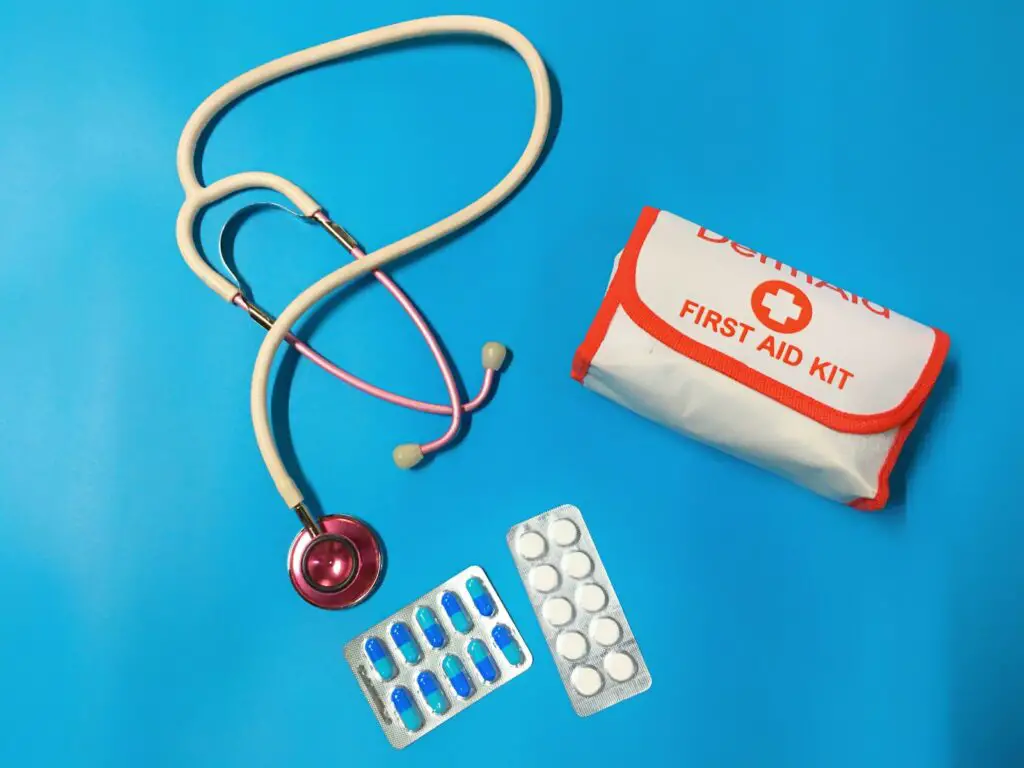
Carry a basic first aid kit with items such as adhesive bandages, antiseptic wipes, and pain relievers.
Optimize Your Packing Strategy: Techniques and Tips
Adopting effective packing techniques can enhance your efficiency. Here’s what I’ve found useful:
Layering Techniques:
On a recent trip to New Zealand, I used layering techniques to fit more into my suitcase. By layering items and using the space in shoes and corners, I maximized the available space.
Weigh Your Bag
Before heading to the airport, I weighed my bag using a portable luggage scale. This helped avoid any surprises at check-in.
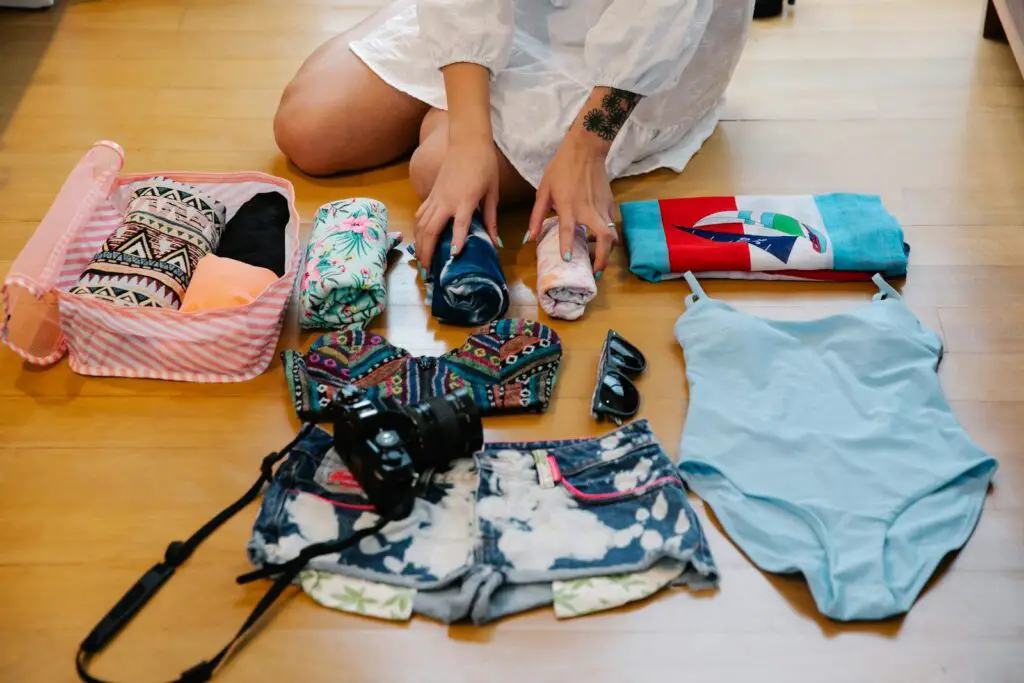
Pack a foldable tote or backpack. This extra bag can be useful for day trips or as an additional carry-on if you need extra space on your return journey.
HOW OUR TEAM CAME UP WITH THESE IDEAS?
Packing efficiently is an art and a science, blending organization with personal preferences. Our team spent countless hours sharing stories, comparing notes, and testing different methods to come up with these tips. Drawing from our diverse travel experiences—from solo backpacking trips to family vacations—we combined practical advice with personal anecdotes to create a guide that truly works for everyone.
By following these expert tips and incorporating insights from our team’s travel experiences, you’ll be well-prepared for any trip. Remember, a well-packed bag not only makes your journey smoother but also enhances your overall travel experience. Safe travels and happy packing!

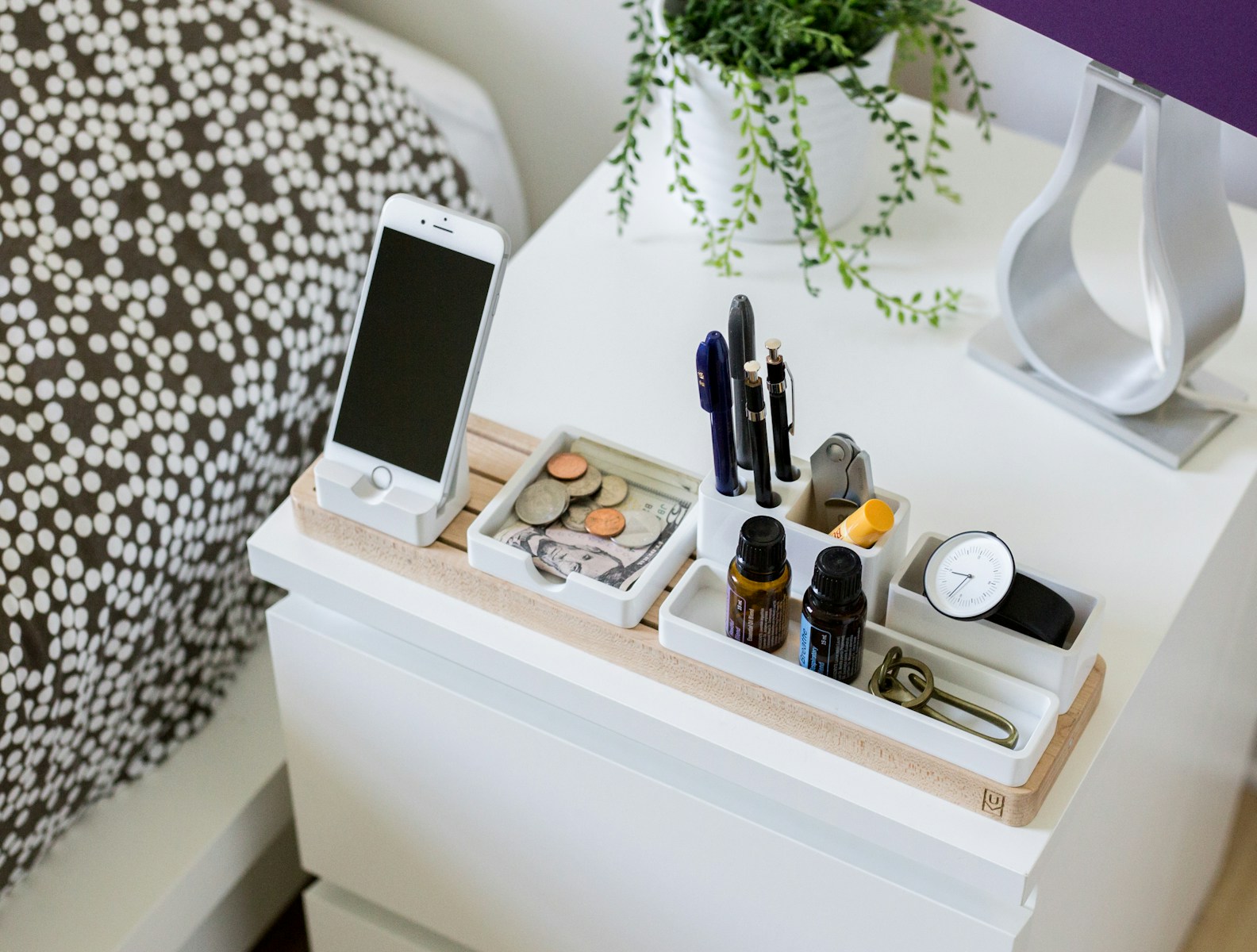
Leave a Reply